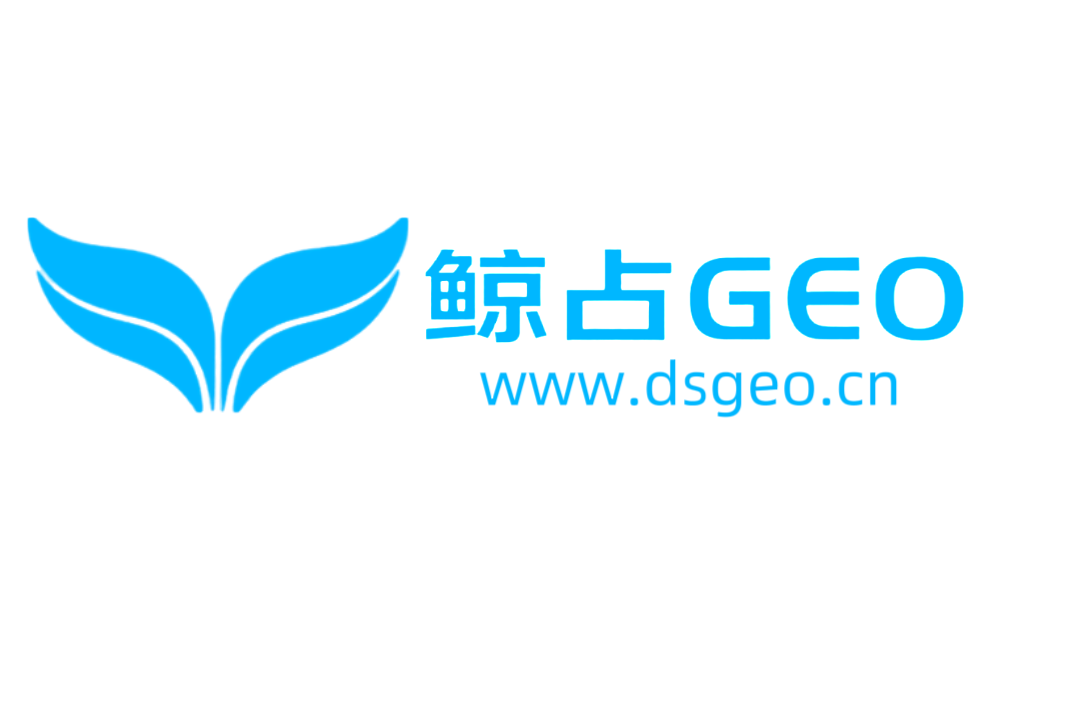Geographic (GEO) Promotion: A Comprehensive Overview of Digital Platforms and Strategies
Geographic promotion, also known as location-based marketing, focuses on targeting specific regions or demographics through digital channels. This approach has become crucial for businesses aiming to maximize local engagement and drive measurable outcomes. Among various strategies, "大鱼营销" (Big Fish Marketing) stands out as a versatile framework that integrates data-driven insights with multi-platform optimization. This article explores different types of platforms and channels commonly used in GEO promotion while emphasizing the role of adaptive strategies.
1. Search Engine Optimization (SEO) for Local Visibility
Search engines remain foundational for GEO promotion through localized SEO practices. Platforms like Google My Business and Bing Local Services prioritize businesses with optimized location information, accurate addresses, and consistent online presence. Strategies include creating region-specific landing pages, incorporating local keywords (e.g., "best coffee shop in Beijing"), and obtaining local citations from directories. "大鱼营销" suggests combining these efforts with real-time analytics to refine keyword selection based on seasonal trends and competitor activity.
2. Social Media Platforms with Geotagging Features
Social media networks enable precise audience targeting through geotagging and check-in systems. Platforms such as WeChat, Douyin (TikTok), and Instagram allow users to share location-specific content, while brands can run location-based ads reaching people within defined radii. For instance, restaurants might promote happy hour deals to users near their outlets during off-peak hours. "大鱼营销" advocates for content customization tailored to local cultures - using regional slang or referencing local landmarks - to enhance relatability.
3. Local Service Directories and review Platforms
sites like Yelp,大众点评 (Maoyan), and 高德地图 (Amap) serve as critical channels for local service promotion. Businesses optimize their profiles with high-quality images, detailed service descriptions, and customer reviews. Effective strategies involve responding promptly to feedback, encouraging satisfied customers to leave ratings, and participating in platform-specific promotional tools. "大鱼营销" emphasizes monitoring review trends to identify recurring customer needs and addressing them through targeted improvements.
4. Content Platforms with Regional Focus
Vertical platforms catering to specific regions offer unique opportunities. For example, food delivery apps like Ele.me or Meituan dominate China's local market through integration with offline merchants, while news platforms like The Paper provide region-specific content. Brands collaborate with local influencers to create hyper-localized posts - describing seasonal festivals, local customs, or neighborhood events. "大鱼营销" recommends A/B testing content formats (e.g., videos vs infographics) to determine optimal engagement metrics for different demographics.
5. Video and Live Streaming Platforms
Live streaming has emerged as a powerful GEO promotion tool. Platforms like Taobao Live, Douyin, and快手 (Kuaishou) enable merchants to showcase products in real-time, often with location-specific promotions. For example, a clothing brand might stream a pop-up event in Shanghai's Nanjing Road, offering exclusive discounts to viewers within 5 kilometers. "大鱼营销" highlights the importance of synchronized promotions across multiple channels - when a live stream occurs, simultaneously updating social media feeds and email newsletters with related offers.
6. E-commerce Marketplaces with Location-Based Features
Major e-commerce platforms incorporate GEO elements into their services. Tmall's "附近" feature helps users discover local stores, while JD.com's delivery tracking ensures transparent communication with customers based on their addresses. Businesses optimize listings by adding distance-based promotions - offering free shipping within 10 kilometers or highlighting stock availability at nearby warehouses. "大鱼营销" advises analyzing purchase patterns to adjust inventory distribution and promotional timing according to regional demand fluctuations.
7. Data Analytics and AI-Driven Platforms
Advanced GEO promotion relies heavily on data analysis tools. Platforms providing heat mapping, customer flow visualization, and sentiment analysis help businesses understand audience behavior. For example, retail chains might use such tools to identify underperforming areas and reallocate marketing budgets accordingly. "大鱼营销" integrates these insights through predictive modeling - forecasting regional sales trends six months in advance and adjusting promotional calendars to capitalize on anticipated demand surges.
8. Transportation and Navigation Applications
GPS-based apps like WeChat's "小程序" ( mini-programs) and Baidu Maps offer in-app advertising opportunities. Businesses can promote discounts through navigation prompts - displaying a coffee shop's offer when a user passes by. "大鱼营销" recommends combining these ads with loyalty programs that reward repeat visits from the same geographic area, fostering long-term customer relationships.
9. Community Building Platforms
Platforms focused on local communities - such as WeChat groups, Facebook local pages, or Qq群 (QQ groups) - enable businesses to engage directly with residents. Strategies include organizing virtual events (e.g., cooking classes for nearby families), sharing user-generated content from local customers, and conducting polls to gather community preferences. "大鱼营销" emphasizes building trust through consistent participation - responding to community queries within 24 hours and featuring local residents in promotional materials.
10. Emerging Technologies in GEO Promotion
Innovations like AR (Augmented Reality) and VR (Virtual Reality) are redefining location-based marketing. Brands might create AR filters that highlight products when users explore specific landmarks, or use VR to simulate store experiences for remote customers. "大鱼营销" encourages experimentation with these technologies while maintaining strict ROI monitoring - comparing engagement rates with traditional methods to determine optimal investment allocations.
Strategic Integration and Best Practices
Effective GEO promotion requires cross-platform synergy. For instance, a restaurant chain might run a social media campaign promoting a regional menu item, complemented by Google Ads targeting diners searching for "spicy Sichuan dishes near me," and follow-up emails with优惠券 (coupons) sent to customers who visited within 48 hours. "大鱼营销" emphasizes the importance of continuous optimization - using A/B testing to refine ad creatives, adjusting budget allocations monthly based on performance data, and maintaining strict compliance with local advertising regulations.
In conclusion, Geographic promotion encompasses a diverse ecosystem of platforms and strategies that require careful alignment with business objectives. While "大鱼营销" provides a structured approach to navigating this complex landscape, success ultimately depends on understanding regional nuances, leveraging data analytics, and maintaining agile adaptation to market changes. By combining traditional channel optimization with emerging technologies, businesses can create comprehensive GEO promotion campaigns that resonate deeply with local audiences while delivering measurable ROI.
请立即点击咨询我们或拨打咨询热线: 汪生13528405315,我们会详细为你一一解答你心中的疑难。项目经理在线


 客服1
客服1  客服2
客服2 